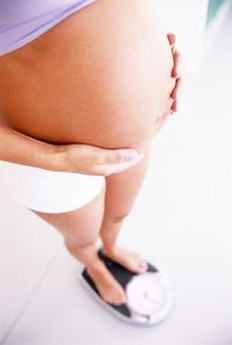fitness news


Font size Women’s Health
Glucose Challenge Test an Acceptable Screen for Gestational Diabetes
– Reported, February 03, 2012

GDM affects between 2% and 9% of pregnant women in Western countries and is often asymptomatic. Research has shown that treating GDM with diet or insulin improves both perinatal and maternal outcomes, making detection important. Yet the best way to identify women with GDM is unclear.
In their report, Dr. Marsha van Leeuwen from Academic Medical Center, Amsterdam and colleagues say that while the 50-g glucose challenge test is not recommended in the majority of national guidelines, “it could be a useful test in the diagnostic work up of GDM.”
In a systematic review and meta-analysis, they evaluated it as a first-step screening test for GDM and as a replacement for the OGTT, the current diagnostic test.
Altogether they looked at 26 relevant studies (in 13,564 women) that compared the 50-g glucose challenge test to the OGTT before 32 weeks gestation. The reference standard was the 75-g OGTT in six studies and the 100-g OGTT in the other 20 papers.
In studies of women with risk factors for GDM, such as a prior affected pregnancy, the 50-g glucose challenge test had a pooled sensitivity of 0.74 and a pooled specificity of 0.77 (for a threshold value of 7.8 mmol/L). The test had “modest” accuracy for GDM, with positive and negative likelihood ratios of 3.2 and 0.34, respectively, the researchers say.
Results were similar in studies that consecutively recruited participants, with sensitivity, specificity and positive and negative predictive likelihood ratios of 0.74, 0.85, 4.9 and 0.31, respectively.
The researchers found that increasing the threshold for disease (OGTT result) increased the sensitivity of the challenge test and decreased the specificity.
Dr. van Leeuwen and colleagues say that while higher detection rates “would be preferable,” the 74% detection rate of the 50-g glucose challenge test “might be acceptable if used a screening test.”
They emphasize, however, that to use the 50-g glucose challenge test as a definite diagnostic test for GDM, in place of the OGTT, “higher accuracy measures are warranted.”
On the other hand, they say clinicians could consider a one-step method, using the OGTT for screening for example in selected women, such as those with risk factors for GDM. This could be less burdensome for patients, and more cost-effective than a two-step method in which a glucose loading test might be performed twice.
Dr. van Leeuwen did not respond to a request for comment on the study.
SOURCE: http://bit.ly/wqHXgW
http://www.medscape.com
BJOG 2012.
For more Netherlands News Click Here